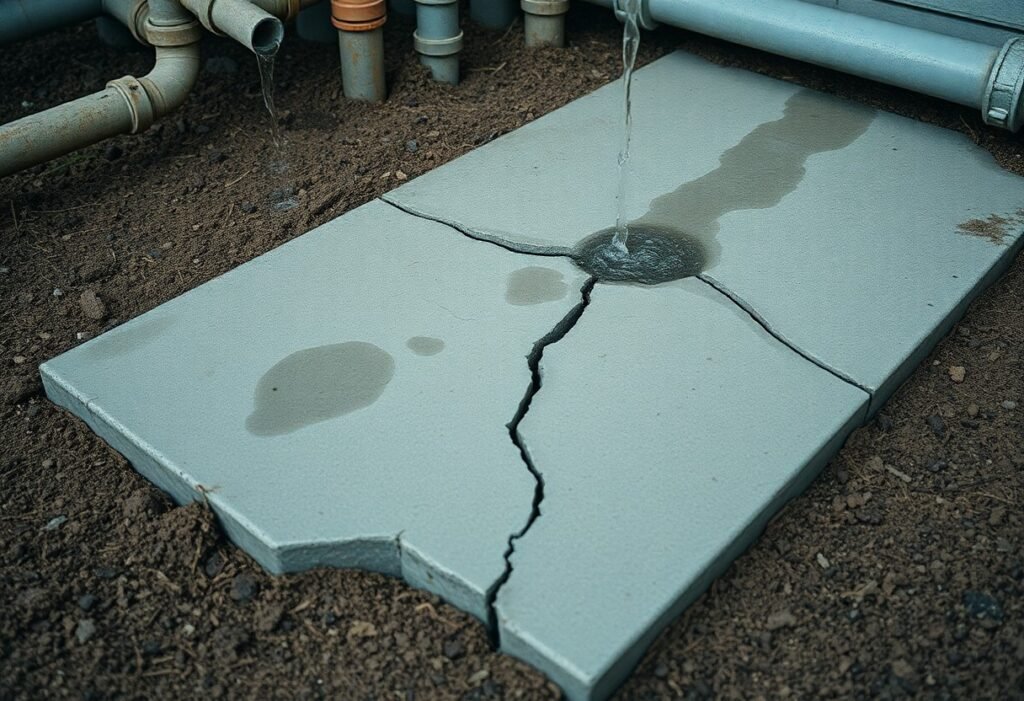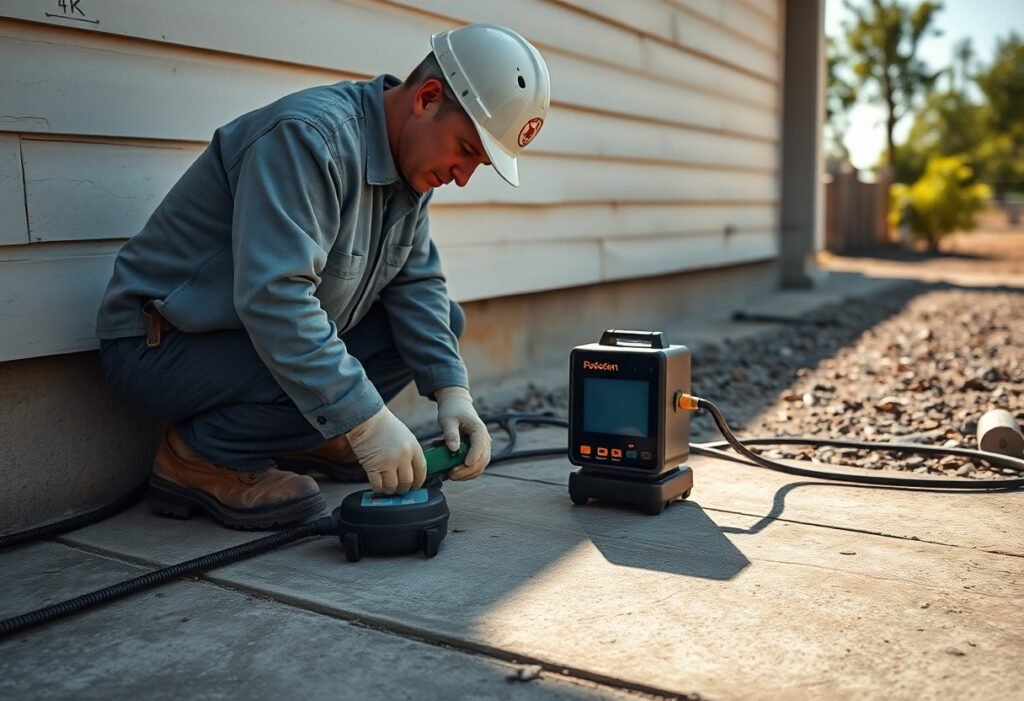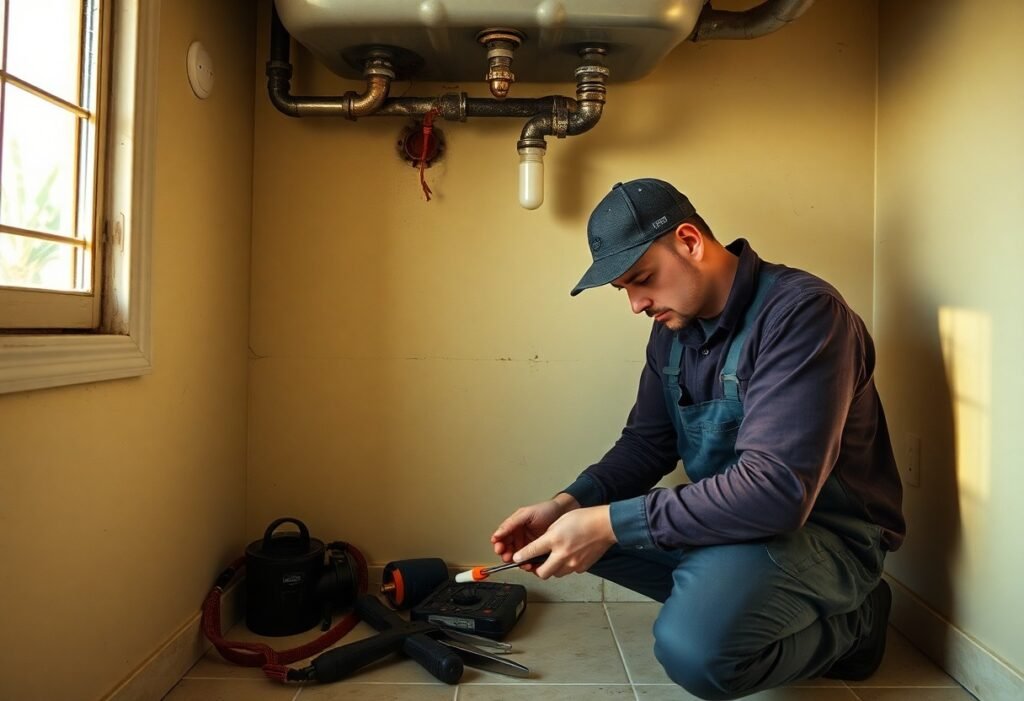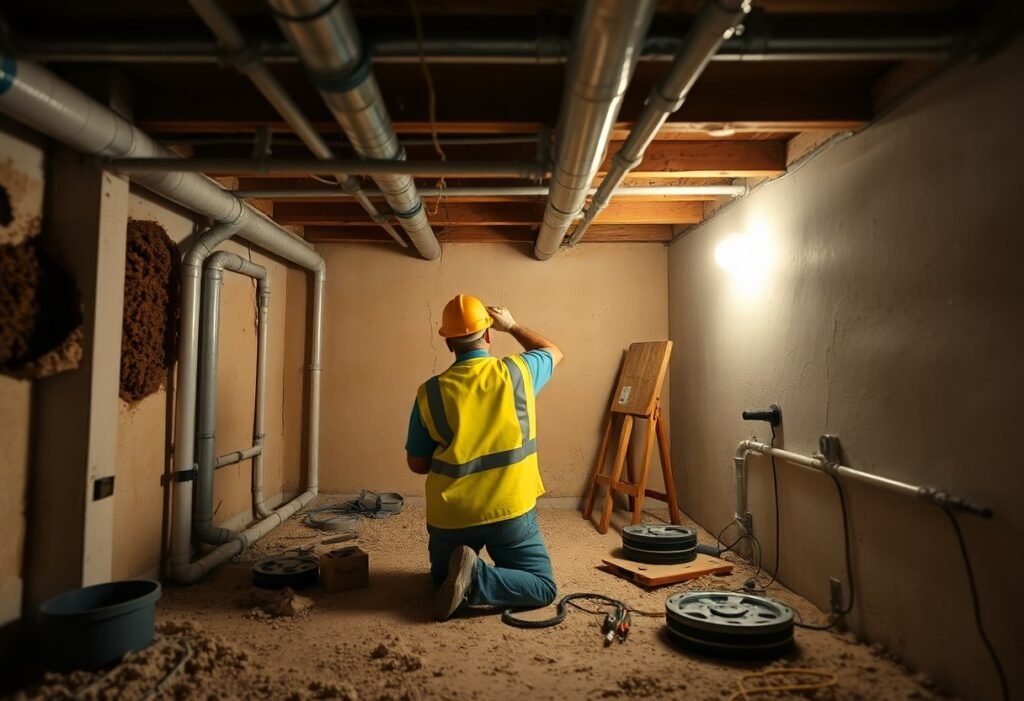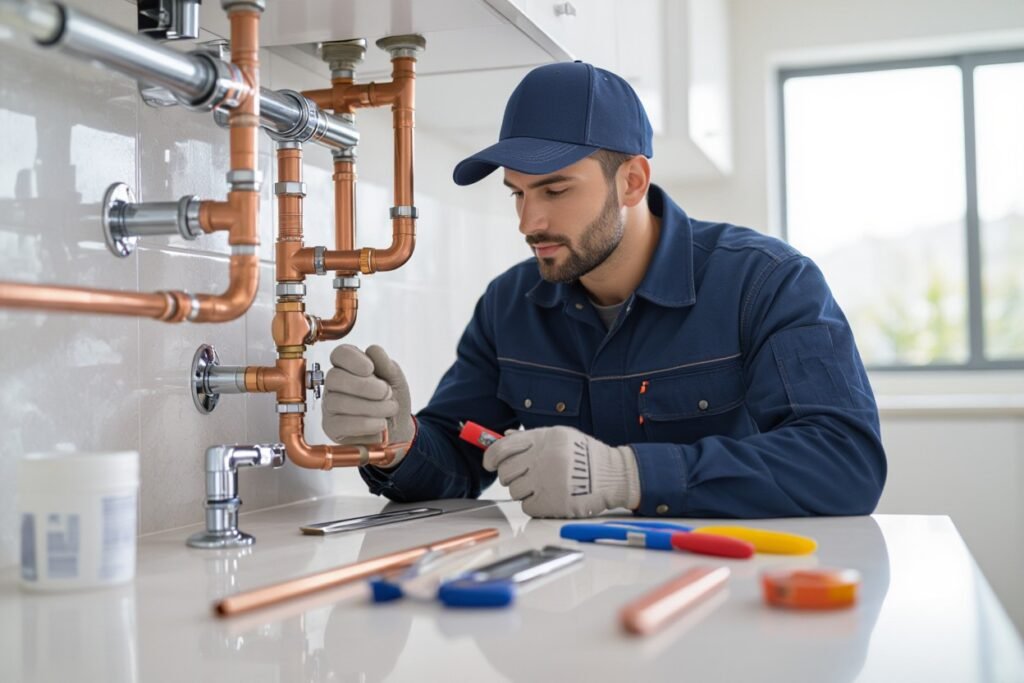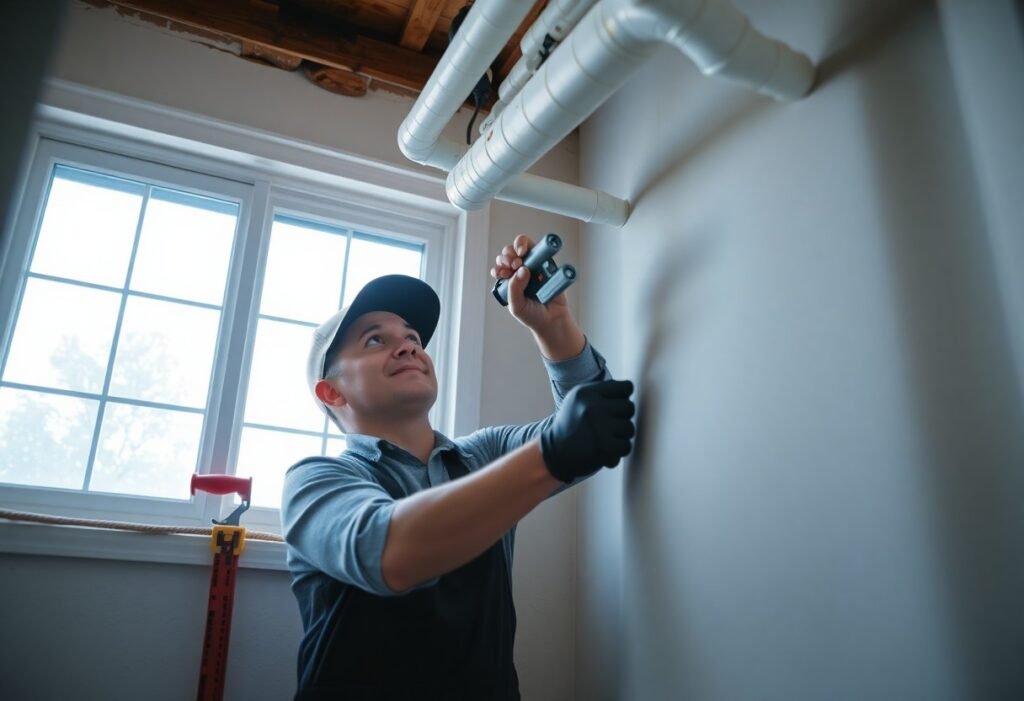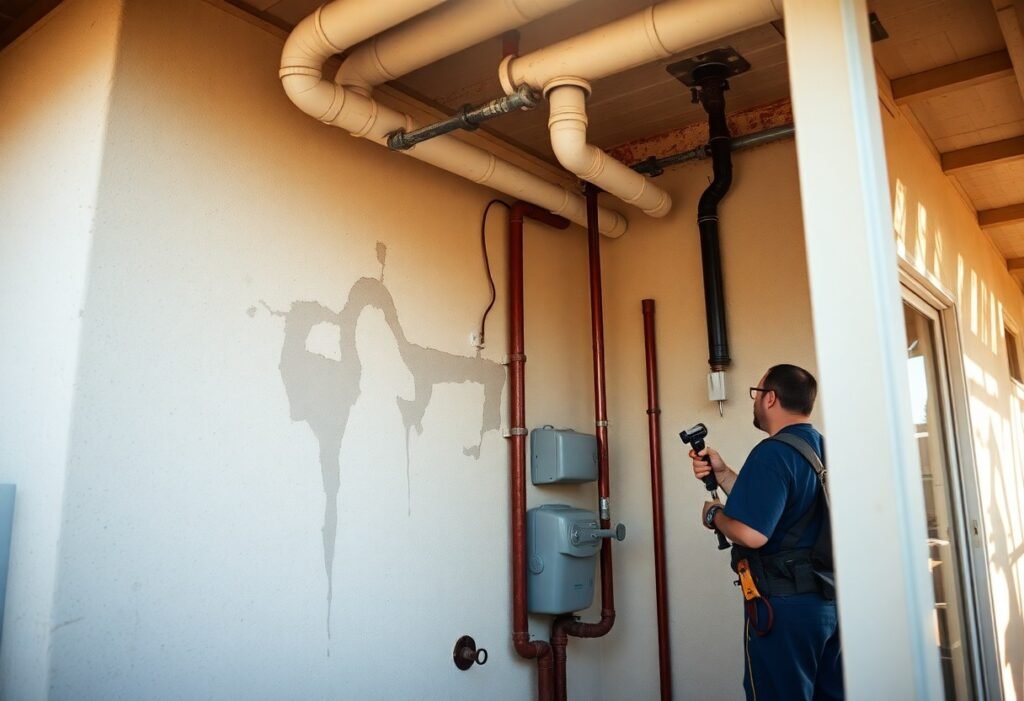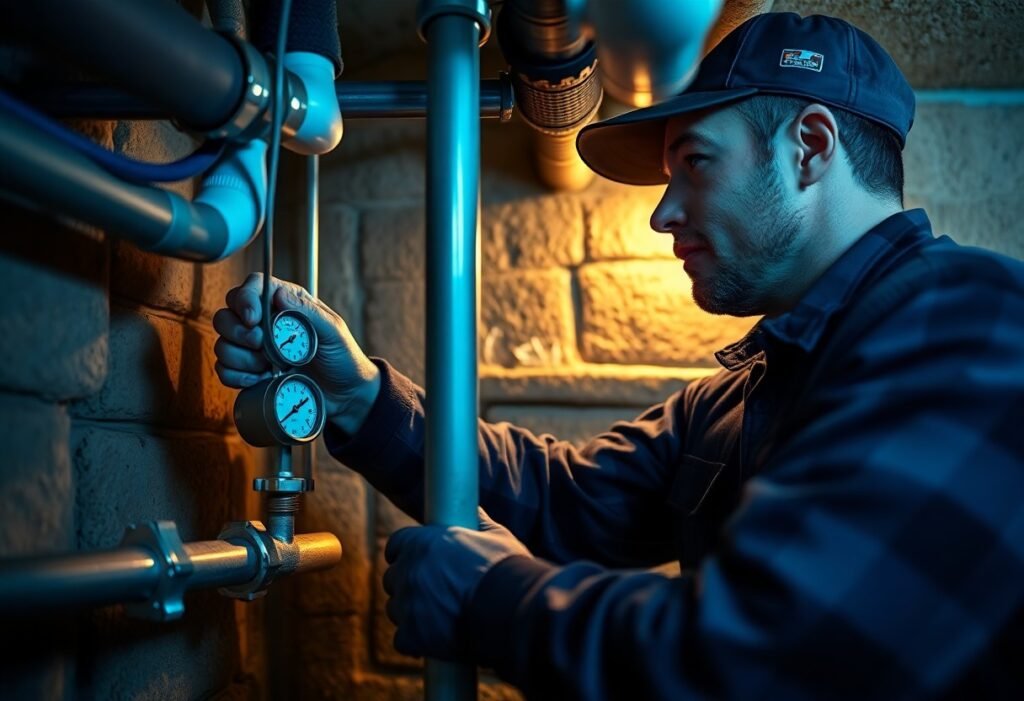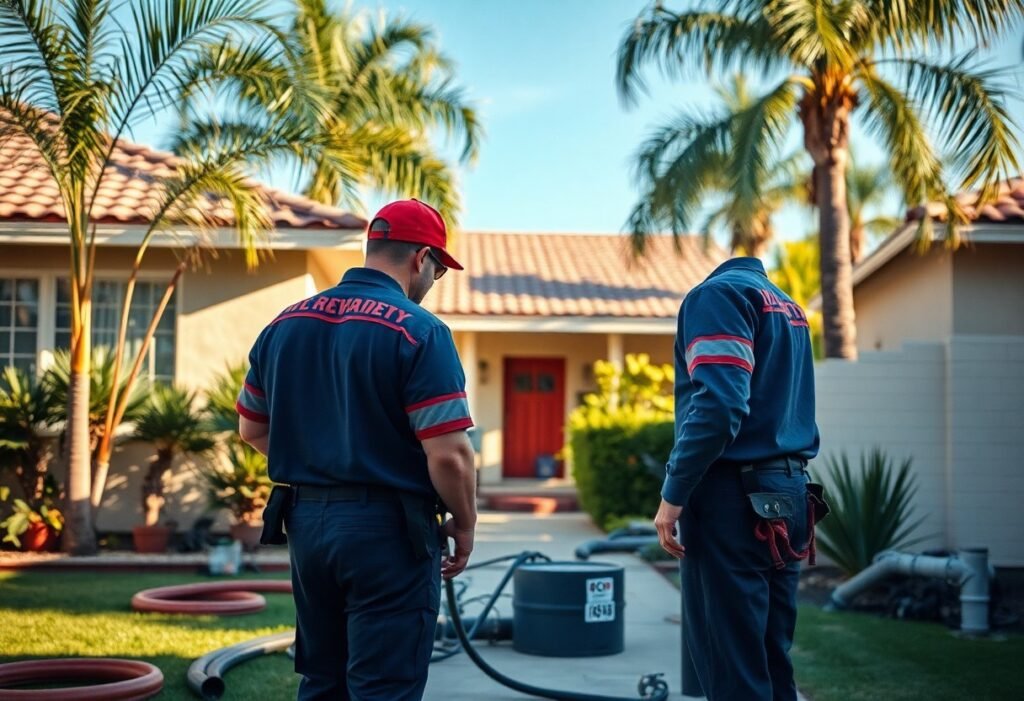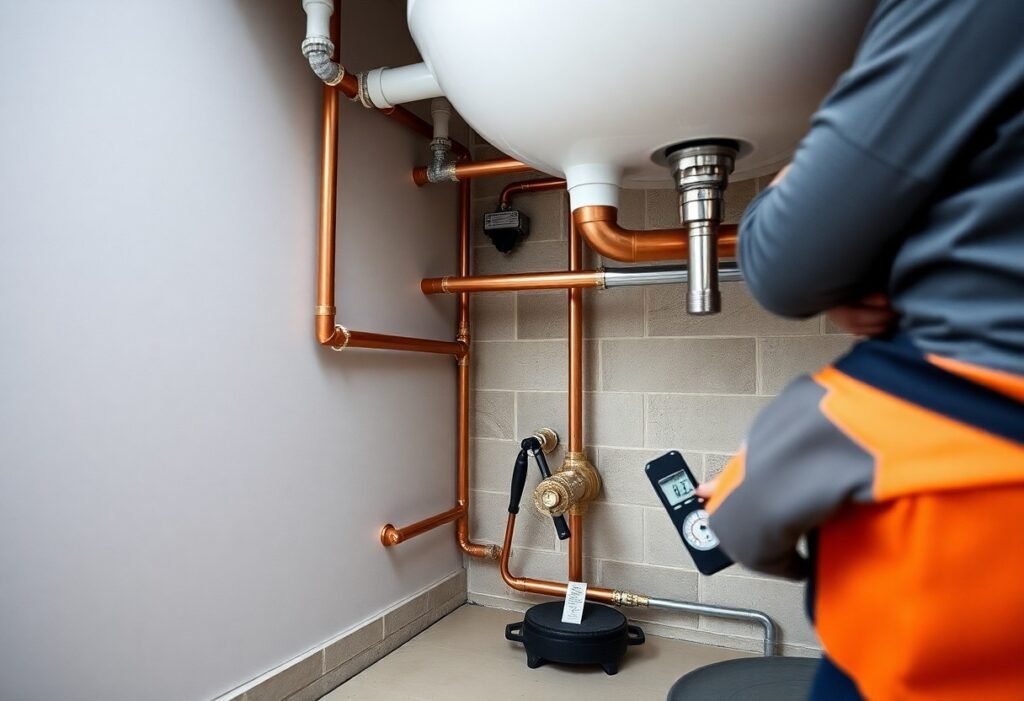Avoid Future Plumbing Headaches – Proactive Whole House Repiping in Southern California
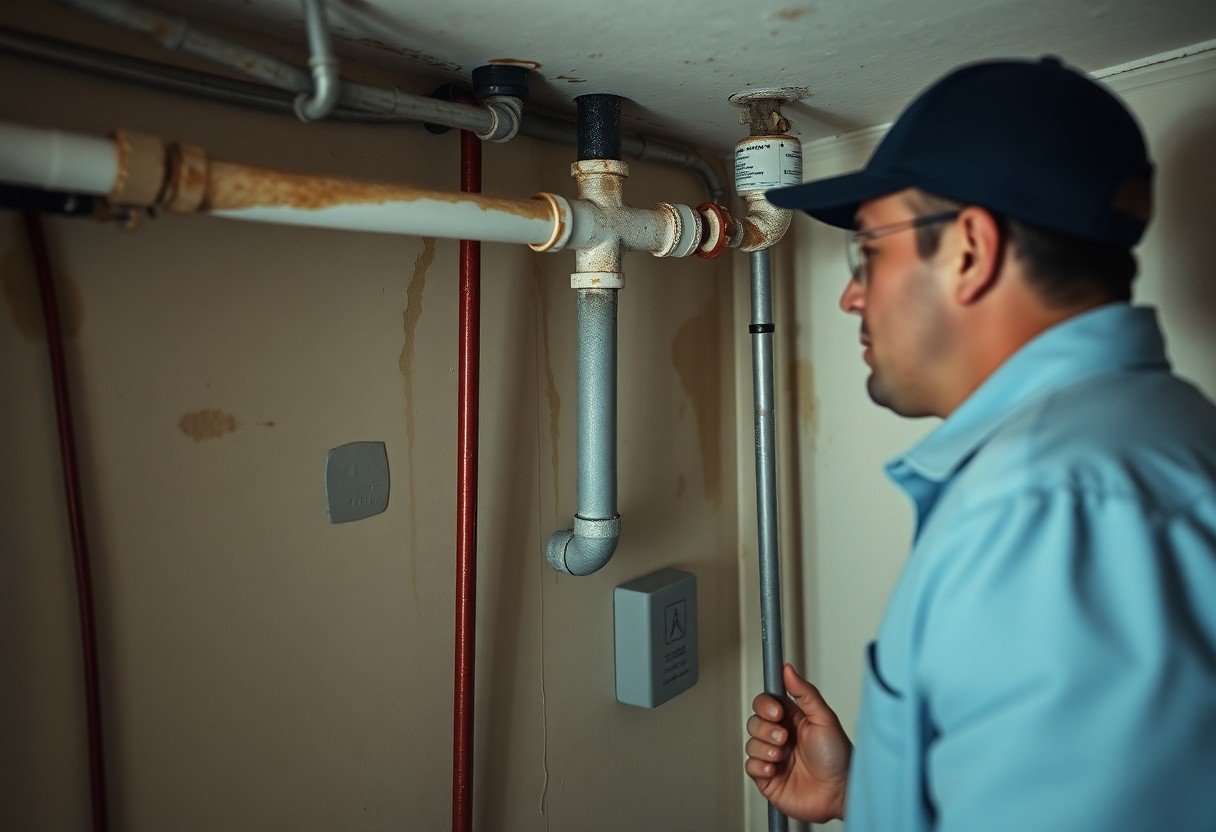
You may not realize it, but aging pipes in your home can lead to serious plumbing issues down the line, resulting in costly repairs and damage. By opting for proactive whole house repiping, you can safeguard your property from leaks, water quality issues, and unexpected emergencies. In this blog post, we will explore the benefits of investing in a whole house repipe, highlighting how it can enhance your plumbing system’s reliability and overall performance while saving you money and hassles in the future.
Key Takeaways:
- Proactive whole house repiping can prevent future plumbing issues, saving homeowners time and money on costly repairs.
- Older piping materials, such as galvanized steel or polybutylene, can lead to leaks and potential water damage; upgrading to modern materials can enhance safety and efficiency.
- Investing in a comprehensive repiping strategy can improve water quality and pressure, ultimately enhancing the overall functionality of the plumbing system.

The Telltale Signs Your Pipes Need Attention
Awareness of the signs indicating your plumbing system is deteriorating can save you from costly repairs down the line. You may notice fluctuating water pressure, discolored water, or leaks around joints and fittings. These symptoms could point to corrosion or wear in your pipes, ultimately impacting your home’s water supply and quality. Don’t ignore these indicators; taking proactive steps can prevent larger plumbing disasters.
Common Symptoms of Deteriorating Plumbing
Look for common symptoms such as rust-colored water, unexplained puddles in your yard, and frequent clogs. If your water bills have suddenly spiked without a clear reason, it might be a sign of a leaky pipe. Additionally, hearing unusual noises like gurgling sounds from your pipes can indicate a sewer line issue. Addressing these symptoms early can save you time and money in the long run.
When to Seek Professional Advice
If you experience persistent plumbing issues despite regular maintenance, it’s time to bring in a professional. Don’t hesitate to reach out when you see significant leaks, extensive corrosion, or if any component of your plumbing system is over 30 years old. Professional assessment ensures you identify not just the visible problems but underlying issues that could worsen over time.
Unaddressed plumbing problems can lead to severe complications, such as water damage or mold growth in your home. Consulting a plumbing expert provides you with tailored solutions and can prevent small issues from escalating into major repairs. They can conduct camera inspections to identify hidden problems and recommend suitable plumbing systems aligning with your home’s needs. Taking action now can secure your plumbing’s future functionality and integrity.
The Cost-Benefit Analysis of Whole House Repiping
Evaluating the Signs You Need to Repipe Your Home: Benefits and Overview involves weighing immediate costs against long-term savings. A proactive approach can not only prevent costly emergency repairs but also eliminate issues like low water pressure and discoloration. Overall, investing in repiping enhances your home’s plumbing efficiency and safety, ultimately saving you money and providing peace of mind.
Calculating Immediate vs. Long-Term Expenses
When considering whole house repiping, immediate costs might seem alarming; typically, homeowners face anywhere from $5,000 to $15,000 depending on their home’s size and pipe materials. However, by calculating long-term expenses associated with frequent repairs, water damage, and inefficiencies, you’ll find that repiping may actually save you significant money over time. Budgeting for a one-time investment often leads to fewer headaches down the line.
How Repiping Enhances Home Value and Safety
Whole house repiping directly influences your home’s market value and ensures safety by eliminating hazardous materials such as lead or corroded pipes. Modern piping materials, like PEX or copper, not only improve water quality but also appeal to potential buyers. Homes with updated plumbing systems are often viewed as more desirable, giving you a clear advantage should you choose to sell.
Investing in repiping significantly boosts your home’s integrity and safety standards. Buyers are increasingly attentive to plumbing conditions and systems, and properly functioning pipes can relax concerns over potential future issues. Furthermore, replacing aging plumbing and upgrading to modern materials enhances efficiency, ultimately translating to lower utility bills. All of these factors contribute to a higher resale value, offering you an opportunity for a positive return on your investment.
Materials Matter: Choosing the Right Pipes for Southern California
Selecting the best piping materials for your whole house repiping project is fundamental to ensuring a long-lasting, efficient plumbing system. Given Southern California’s unique climate and varying water quality, the materials you choose can greatly impact the durability and performance of your plumbing. Understanding the strengths and weaknesses of each type of pipe allows you to make informed decisions that align with your home’s needs.
Pros and Cons of Copper, PEX, and CPVC
| Material | Pros and Cons |
|---|---|
| Copper | Pros: Durable, resistant to corrosion, and antibacterial. Cons: Expensive, prone to thermal expansion, and can freeze in cold weather. |
| PEX | Pros: Flexible, easy to install, resistant to scale and chlorine. Cons: Vulnerable to UV light, cannot be used outdoors, and may leach harmful substances over time. |
| CPVC | Pros: Cost-effective, resistant to corrosion, and uses solvent welding for easy installation. Cons: Less durable than copper, may warp under high temperatures. |
Climate Considerations and Material Longevity
Your choice of plumbing materials should reflect the specific climate and conditions of Southern California. High temperatures and intermittent rainfall can affect pipe integrity. Materials like PEX might be softer but are adaptable in fluctuating climates. Copper, known for its longevity, thrives in heat but is susceptible to corrosion in acidic water sources. CPVC offers good resistance but may degrade faster under intense heat. Assessing these factors ensures that you select the right material that withstands local weather extremes and maintains its functionality over time.
The Repiping Process: What to Expect
Understanding the repiping process equips you to manage the transformation of your plumbing system effectively. From the initial consultation to the final inspection, each step has significant implications for your home’s functionality and your peace of mind. Skilled professionals will assess your current plumbing and then outline a customized plan that meets your needs, ensuring any disruptions to your routine are minimized. Expect to engage with thorough communication as your new pipes are carefully installed and integrated into your home.
Timeline and Disruptions During Repiping Projects
The timeline for a whole house repipe typically spans from one to three days, depending on your home’s size and the complexity of the project. While your home might be a bit chaotic during this time, plumbers will work efficiently to reduce the disruption to your daily life. Clear scheduling and open communication with your plumbing team can help you plan around any potential inconveniences, while keeping you informed throughout the process.
Key Phases of the Repiping Operation
Key phases of the repiping operation include an initial assessment, pipe installation, and final checks. The assessment entails a thorough inspection of your existing pipes, where issues are pinpointed, and the best materials are selected for your repipe. Following materials approval, the installation phase begins, where a blend of careful planning and skilled labor comes into play. Finally, post-installation, a comprehensive inspection will ensure the integrity of your new system. You can expect to see a marked improvement in your water pressure and overall plumbing efficiency once the project is completed.
During the installation, expect plumbers to focus on critical areas first, such as main water lines and drainage systems. This not only minimizes immediate disruptions but also maximizes functionality as you transition to the new piping system. Any old pipes will be removed in segments, and new lines will be laid strategically to avoid damaging your home’s structure. Attention will be given to isolating water supplies, ensuring that you still have access to bathrooms and kitchens during the repiping. Each phase is executed systematically, ensuring your home returns to normal as swiftly as possible with upgraded plumbing that performs consistently and reliably.
Keeping Your New Pipes in Top Shape
Maintaining your new plumbing system ensures longevity and efficiency. Regular inspections and proper usage can help you avoid costly repairs down the line. Focus on minimizing corrosion, detecting leaks early, and understanding the specific needs of your repiped home. A proactive approach not only preserves the integrity of your new pipes but also enhances the overall functionality of your plumbing system.
Preventive Maintenance Tips for Homeowners
Regular preventive maintenance can significantly extend the life of your plumbing system. Here are necessary tips to keep your new pipes in excellent condition:
- Inspect for leaks and moisture regularly.
- Flush your hot water heater annually to prevent sediment buildup.
- Avoid pouring grease or large food particles down your drains.
- Use a water softener if you have hard water.
- Schedule annual plumbing check-ups with a qualified professional.
This proactive maintenance approach can save you from unexpected plumbing headaches and expenses.
Signs That Indicate Future Plumbing Issues
Being vigilant about the signs of potential plumbing issues can save you significant trouble in the future. Look for changes such as unexpected increase in your water bill, gradual drops in water pressure, or discolored water. Other indicators include unusual sounds coming from your pipes and recurring drain clogs. These symptoms often signal underlying problems that could escalate if ignored.
Pay attention to the health of your plumbing system to avoid larger issues. A sudden spike in your water bill could indicate hidden leaks, while gradual changes in water pressure may suggest pipe deterioration. Discoloration in your water often points to rust building up inside old pipes. If you hear gurgling noises during drainage, it could signify clogs in the system. Addressing such warning signs promptly can help prevent severe damage and costly repairs in your newly repiped home.
To wrap up
Considering all points, investing in proactive whole house repiping in Southern California can save you from future plumbing headaches. By addressing aging pipes now, you ensure the safety and efficiency of your home’s plumbing system, reduce the risk of leaks and water damage, and potentially increase property value. It’s a smart choice that protects your investment and enhances your peace of mind. Don’t wait for a plumbing emergency to take action; a proactive approach can make all the difference in your home’s plumbing health.
FAQ
Q: What are the signs that indicate my home needs repiping?
A: There are several indicators that suggest your home may benefit from repiping. Look for frequent leaks, discolored water, low water pressure, or rust stains in your sinks and tubs, which can signal corroded pipes. Additionally, if your home is older and has not undergone any plumbing upgrades, it might be wise to consider a comprehensive repiping. A plumber can help assess the condition of your pipes and determine if repiping is necessary.
Q: How long does the repiping process take in a typical home?
A: The duration of the repiping process can vary depending on the size and plumbing layout of your home. Generally, a whole house repiping can take anywhere from one to four days. Factors such as the complexity of the plumbing system, the materials used, and any additional repairs needed can influence this timeline. It’s best to consult with your plumbing contractor to get a clearer estimate tailored to your specific situation.
Q: What materials are commonly used for repiping, and which is the best option?
A: The most common materials used for repiping include copper, PEX (cross-linked polyethylene), and CPVC (chlorinated polyvinyl chloride). Copper is known for its durability and resistance to bacteria, while PEX offers flexibility and is resistant to scale and chlorine. CPVC is also a reliable choice and is resistant to corrosion. The ideal option for your home will depend on factors such as local building codes, climate conditions, and plumbing needs, so discussing with a plumbing professional can ensure you choose the best material for your situation.

